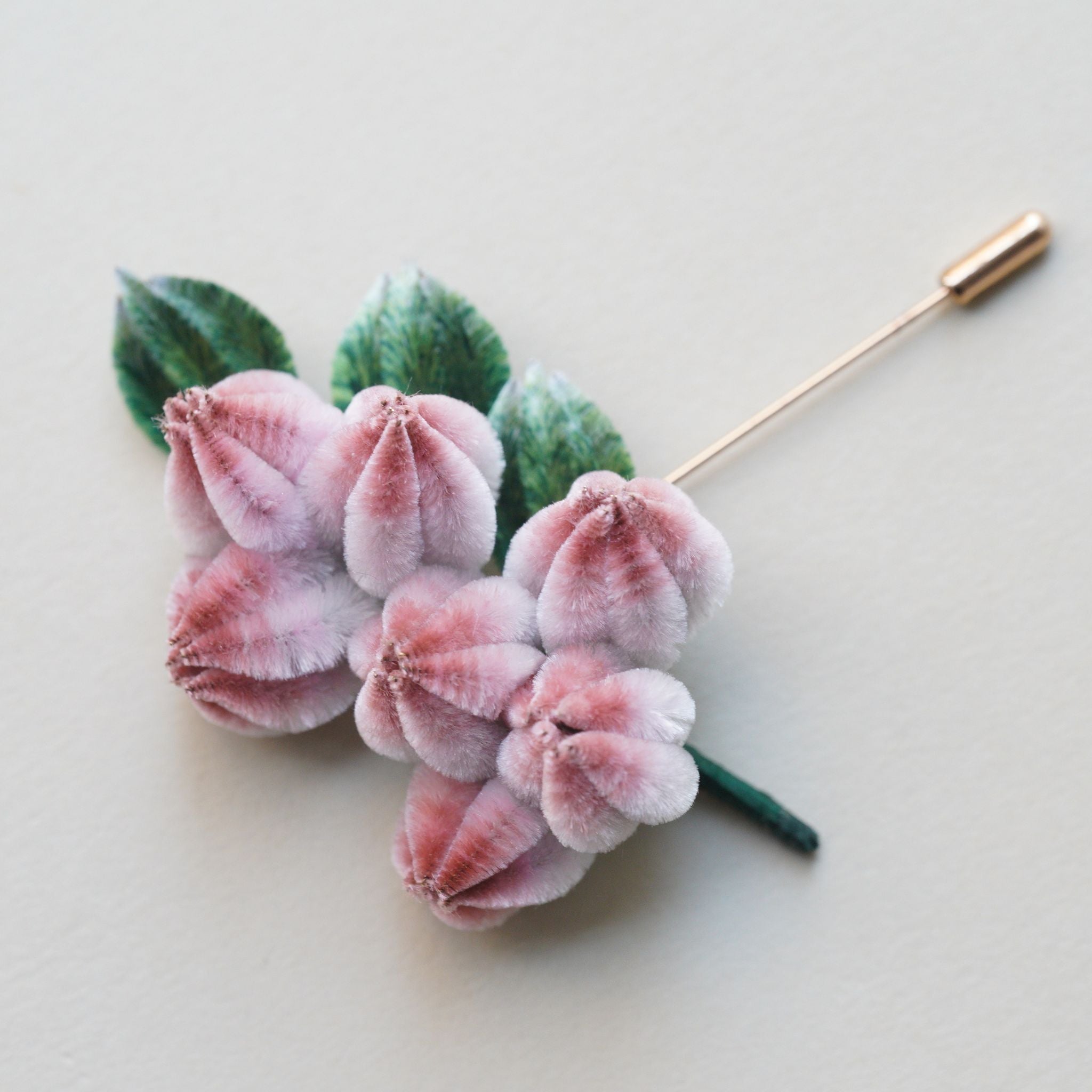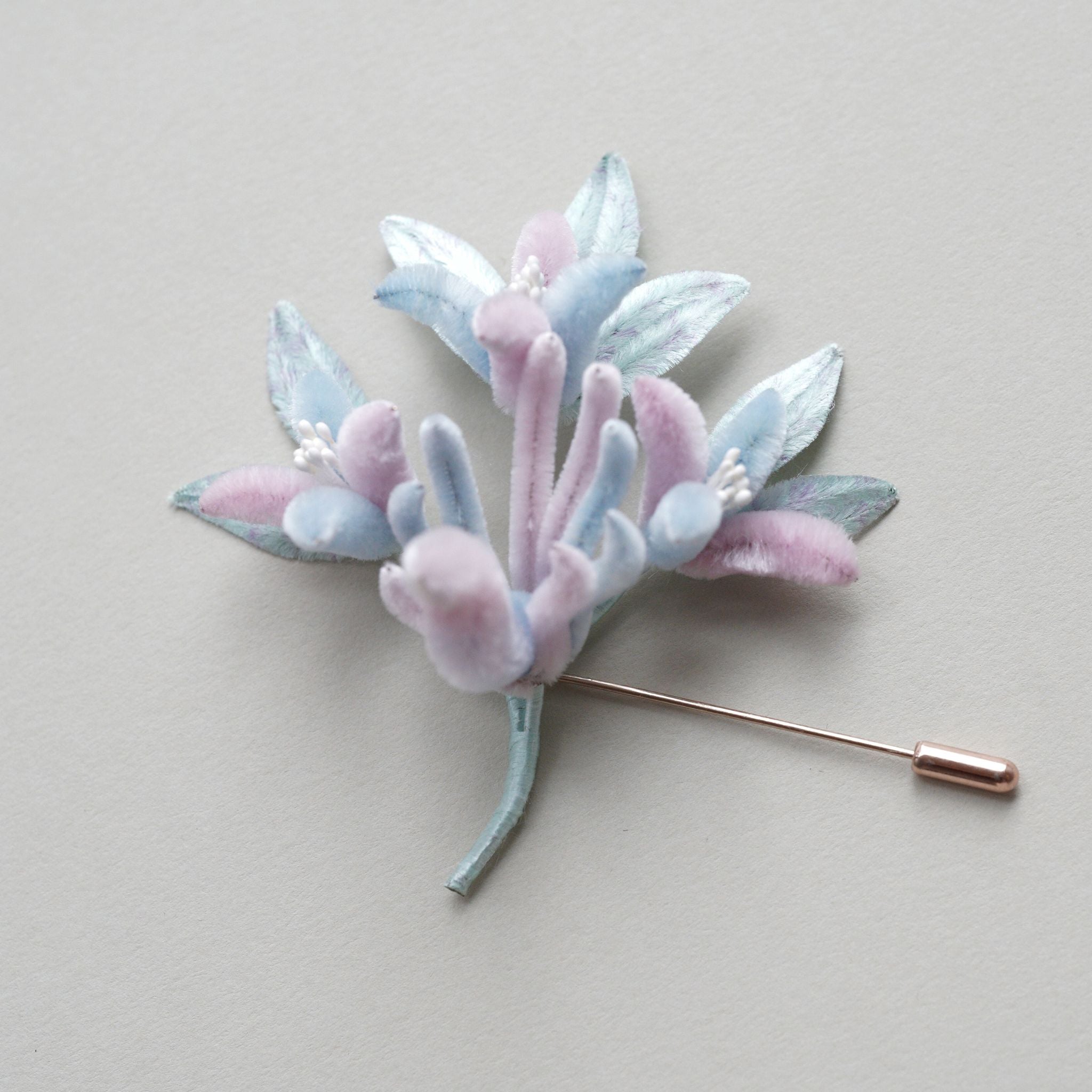When making ronghua flowers, everyone encounters various issues. Today, let's analyze some common mistakes and see if any of them sound familiar to you.
Example 1





This ronghua flower, at first glance, looks more like a feather duster or weeds—a real eyesore. Here's what's wrong:
- The threads weren't fully brushed out, leaving them only about 80% done.
- The silk strip is too wide for the 0.15mm copper wire used, which is too thin to support it. Switching to a 0.2mm wire would be more effective.
- In the last two images, the copper wire isn't twisted tightly or held straight. Both ends of the wire should be pinched and pulled tight before twisting.
- After twisting the silk strip, the ends weren't trimmed or sharpened, leaving the edges rough and uneven. A properly finished silk strip should look like the one in the image below.

Example 2

- The copper wires are too bent, indicating they weren't straightened when twisting the silk strips.
- The edges are too uneven, which means the edges of the silk strips weren't aligned before twisting. The correct method is to align the edges of the silk strips, with the copper wires positioned in the center.
- The silk strips were twisted too much. The correct approach is to twist them on the twisting board 3-4 times until the copper wires are straight. Properly twisted copper wires should be as shown in the image below, perfectly straight.

Example 3

This ronghua flower clearly shows the work of a beginner. Compared to the two unfinished ronghua flowers above, this one is much better, but it still has the following issues:
- The silk strips weren't well-trimmed, leaving the edges frayed and messy. After trimming the silk strips neatly, use a tweezer to smooth them out for a cleaner, tidier look.
- The assembly of the ronghua flower is too loose, with the thread wrapped unevenly and the flower stem too thick. The thread only needs to be wrapped in a thin layer around the copper wire, just enough to cover it, without making it too thick.
Example 4






























